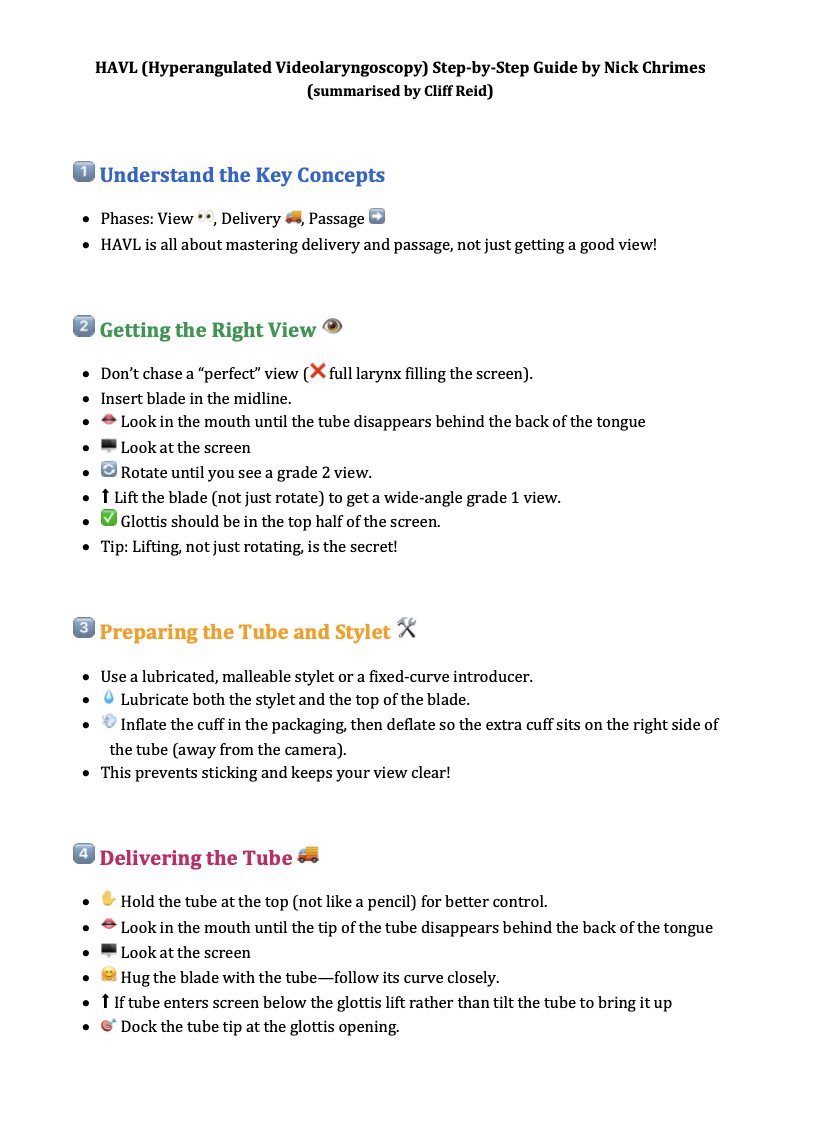🧵 Managing Challenging Behaviours in Resuscitation Teams: A Thread for Team Leaders (1/13)
Every resuscitation team leader can face difficult team dynamics
Here are 6 key challenging behaviours you'll encounter and how to manage them effectively in real-time 🚨
Every resuscitation team leader can face difficult team dynamics
Here are 6 key challenging behaviours you'll encounter and how to manage them effectively in real-time 🚨

The Dominant/Overconfident Member 🦁 (2/13)
- Takes over without authority
- Dismisses others' input
- Makes unilateral decisions
Solution: Acknowledge expertise and redirect energy to specific tasks "Thank you Dr. Smith, I need your expertise on airway management right now."
- Takes over without authority
- Dismisses others' input
- Makes unilateral decisions
Solution: Acknowledge expertise and redirect energy to specific tasks "Thank you Dr. Smith, I need your expertise on airway management right now."

The Anxious/Overwhelmed Member 😰 (3/13)
- Freezes under pressure
- Hesitates repeatedly
- Shows visible stress
Solution: Give clear, simple tasks and pair with experienced team member
"John, focus on recording vitals. Sarah will help you."
Give immediate positive feedback
- Freezes under pressure
- Hesitates repeatedly
- Shows visible stress
Solution: Give clear, simple tasks and pair with experienced team member
"John, focus on recording vitals. Sarah will help you."
Give immediate positive feedback

The Passive/Withdrawn Member 🤫 (4/13)
- Fails to speak up
- Doesn't take initiative
- Appears disconnected
- Misses observations
Solution: Direct engagement with specific questions
"Mike, what's the current BP? I need you to call out vitals every 2 minutes."
- Fails to speak up
- Doesn't take initiative
- Appears disconnected
- Misses observations
Solution: Direct engagement with specific questions
"Mike, what's the current BP? I need you to call out vitals every 2 minutes."

The Argumentative Member 😤 (5/13)
- Disputes decisions at critical moments
- Creates tension
Solutions
1. Use "parking lot"
"We'll discuss it in debrief. Right now, let's focus on the patient."
2. Use "Yes.."
"Yes he's protecting his airway. The CO2 is why we're intubating"
- Disputes decisions at critical moments
- Creates tension
Solutions
1. Use "parking lot"
"We'll discuss it in debrief. Right now, let's focus on the patient."
2. Use "Yes.."
"Yes he's protecting his airway. The CO2 is why we're intubating"

The Distracted Member 📱 (6/13)
- Poor attention to task
- Misses critical info
- Side conversations
Solution: Direct eye contact, time-bound tasks
"Dr. Lee, I need your full attention here. Please manage the airway for the next 10 mins"
Ask them to repeat instructions back
- Poor attention to task
- Misses critical info
- Side conversations
Solution: Direct eye contact, time-bound tasks
"Dr. Lee, I need your full attention here. Please manage the airway for the next 10 mins"
Ask them to repeat instructions back

The Knowledge Deficit Member 📚 (7/13)
- Makes technical errors
- Shows knowledge gaps
Solution: Pair with senior member, give specific tasks
"Let's work through this together. First step: calculating the drug dose..."
Never criticise or humiliate. Support. Teach. Inspire
- Makes technical errors
- Shows knowledge gaps
Solution: Pair with senior member, give specific tasks
"Let's work through this together. First step: calculating the drug dose..."
Never criticise or humiliate. Support. Teach. Inspire

Key Success Strategies 🎯 (8/13)
- Early recognition
- Immediate intervention
- Clear communication
- Focus on patient care
- Professional respect
- Early recognition
- Immediate intervention
- Clear communication
- Focus on patient care
- Professional respect

Remember: Command Presence Matters 👩⚕️ (9/13)
- Use clear, calm voice
- Maintain composure
- Model professional behaviour
- Lead by example
- Use clear, calm voice
- Maintain composure
- Model professional behaviour
- Lead by example

Use Graded Assertiveness 📈 (10/13)
- Gentle correction first
- Escalate firmness as needed
- Direct commands when safety at risk "I need you to stop what you're doing and focus here."
- Gentle correction first
- Escalate firmness as needed
- Direct commands when safety at risk "I need you to stop what you're doing and focus here."

Post-Event Management 📋 (11/13)
- Debrief privately
- Focus on behaviours, not personalities
- Document significant issues
- Plan for improvement
- Debrief privately
- Focus on behaviours, not personalities
- Document significant issues
- Plan for improvement

System-Level Solutions 🏥 (12/13)
- Regular team training
- Clear role definitions
- Communication protocols
- Clinical standard operating procedures
- Leadership development
- Regular team training
- Clear role definitions
- Communication protocols
- Clinical standard operating procedures
- Leadership development

Final Thought 💭 (13/13)
The goal isn't to eliminate all challenging behaviours
It's to manage them effectively while maintaining high-quality patient care
Let me know other examples and your solutions!
#HumanFactors #EmergencyMedicine #Leadership #ZeroPointSurvey #Teamwork
The goal isn't to eliminate all challenging behaviours
It's to manage them effectively while maintaining high-quality patient care
Let me know other examples and your solutions!
#HumanFactors #EmergencyMedicine #Leadership #ZeroPointSurvey #Teamwork

• • •
Missing some Tweet in this thread? You can try to
force a refresh













